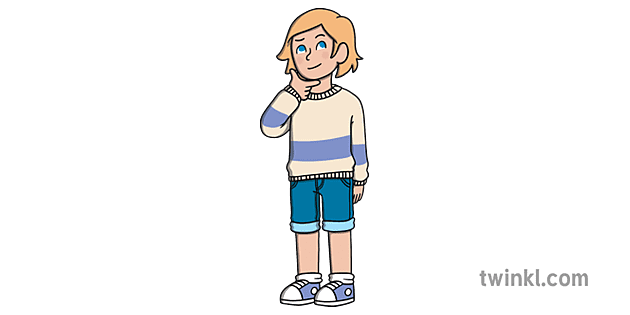

Cause and effect is an intrinsic relationship between events and processes, where one causes the other. For example, I overslept (cause) so I missed my bus (effect).

To discover lots more cause and effect English resources, make your very own Twinkl account here.
A cause-effect relationship is one in which a certain event (the cause) makes another event happen (the effect).
A single cause can have multiple effects.
Cause and effect may also be called causality.
| Cause | Effect |
| Your alarm clock makes a loud noise. | You wake up in time for school. |
| You break your arm. | The doctor gives you a cast. |
| You flip a light switch. | The lights turn on. |
Causes can also lead to more than one effect.
| Cause | Effect |
| A light bulb blows | The lights turn off. |
| You trip over a coffee table. | |
| You bruise your shin. |
Cause and effect is an important concept to consider when reading and writing texts.
The cause is the reason that things happen in the text - without a cause, there is no effect. This means that without a cause, the text would be stagnant and nothing more would happen. How boring of a story would that be?
So, cause and effect is extremely important when it comes to moving a story along. It allows the characters, and the reader, to move from plot point to plot point.
When we're writing a story, it's also important to think about cause and effect. Everything that we make the characters do (the cause) will have an effect on the rest of the story.

Put simply, cause and effect gives us a logical explanation for why something has happened.
Think about it: if a ball has landed at your feet, it hasn't just magically appeared there. Something caused it to happen - most likely, someone threw the ball.
Causality allows us to logically explain events. This helps up to solve problems and provide reasoning for why something happened. It means we can (somewhat) explain what's happening all around us.
When we understand cause and effect, we can also predict an effect if we know the cause.
While we're reading fiction and non-fiction, we can make connections and make predictions about what will happen by using this concept.
The national curriculum for English states that children in KS1 should learn to 'predict what might happen on the basis of what has been read so far'. Cause and effect is an essential part of helping children to achieve this objective.
Being able to draw connections between cause and effect will deepen children's reading comprehension skills when they read fiction and non-fiction.

When children write, they should connect their ideas by using the concept of cause and effect. We can use signal words and phrases for each. These help to explain the 'what' and the 'why' of the situation.
Are you teaching cause and effect in KS2? Then you might find Twinkl's range of related resources helpful. Designed to save you time and energy, they're made by experienced teachers, so you can rest assured that the content is accurate and up-to-date with curriculum guidelines. Take a look at these.
This PowerPoint is a brilliant tool for introducing the concept of cause and effect to your children. It features a range of scenarios and children have to think about what the cause and effect may have been. You could encourage class discussion for this, or ask children to write down their answers independently. However you decide to use it, it'll help children to understand this concept.
This worksheet pack helps children to recognise cause and effect in sentences. There are two worksheets to choose from: one where children underline the conjunction and/or linking adverbial and one where children fill in the missing space. This will help children to practise and understand the words that we use when using cause and effect in our writing.
Once children are familiar with how cause and effect works, you can challenge them to start making predictions when they're reading. This fantastic activity pack helps children to develop early prediction and inference skills, with the support of Predicting Pip from the Totally Pawsome Reading Gang. The pack includes an engaging and easy-to-use PowerPoint, as well as worksheets for children to complete.
Ready to look at prediction in more depth? Predicting Pip is here to help! This pack is perfect for helping KS1 children achieve the national curriculum aim of predicting what might happen on the basis of what's happened so far. It includes a PowerPoint with SATs-style questions to help year 2 prepare for their exams, plus four short stories for children to read and answer prediction-themed questions about.